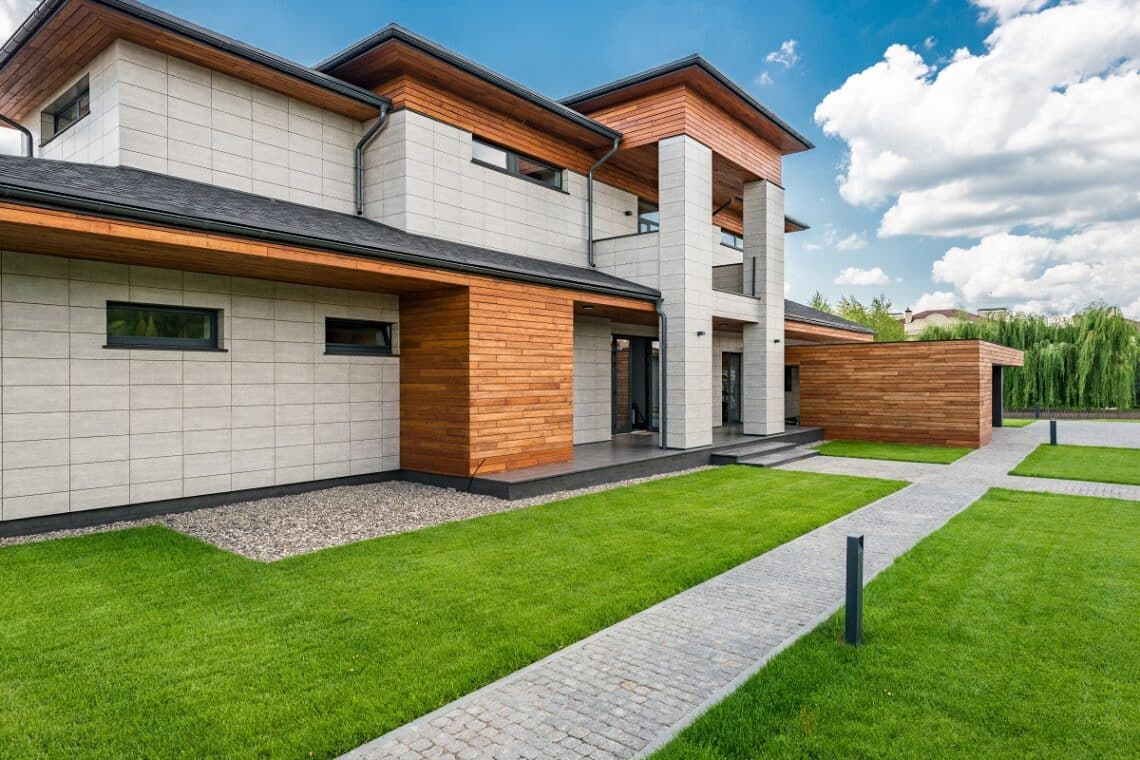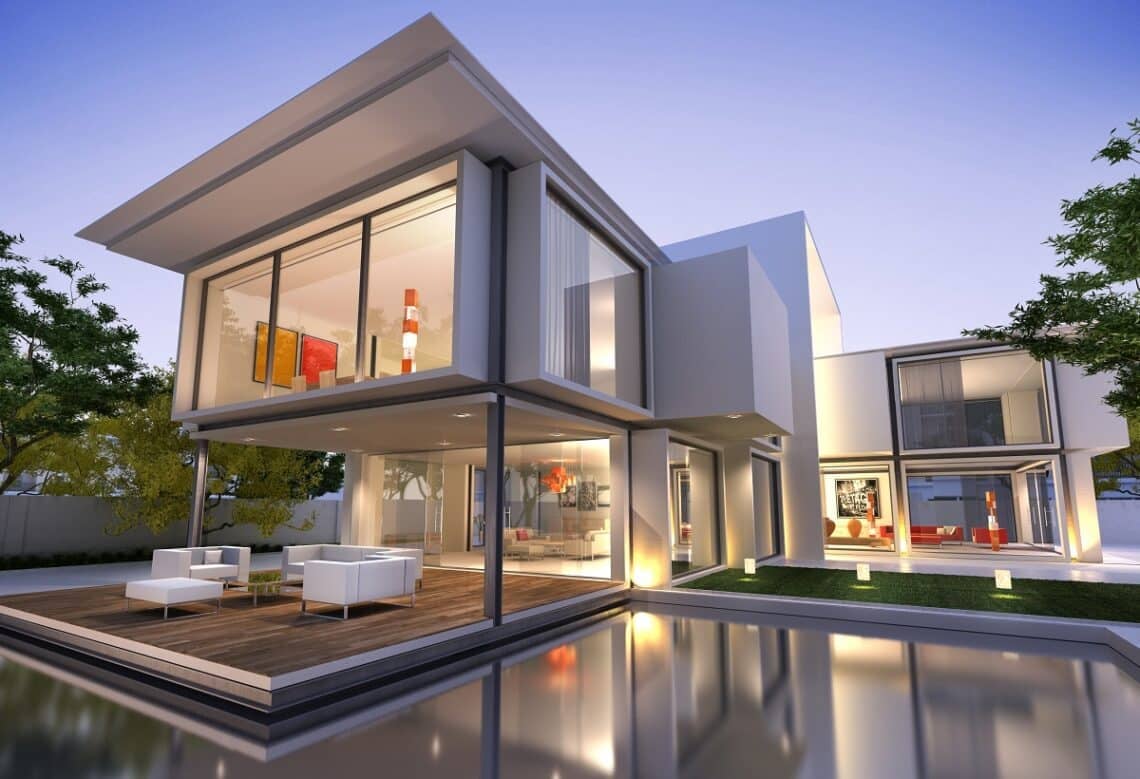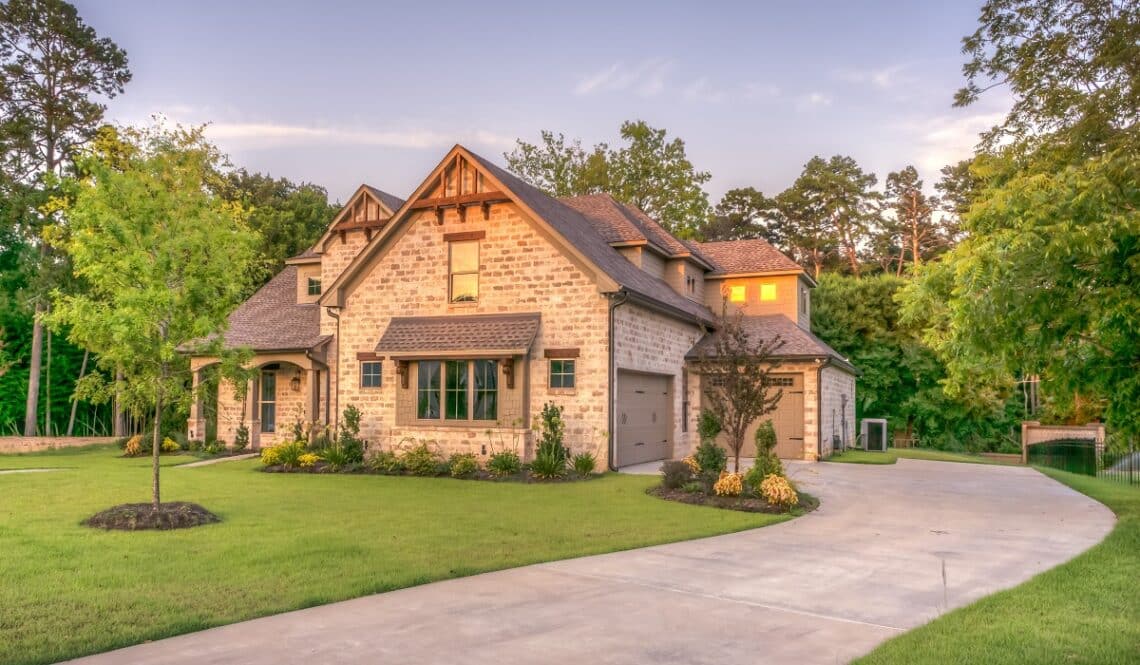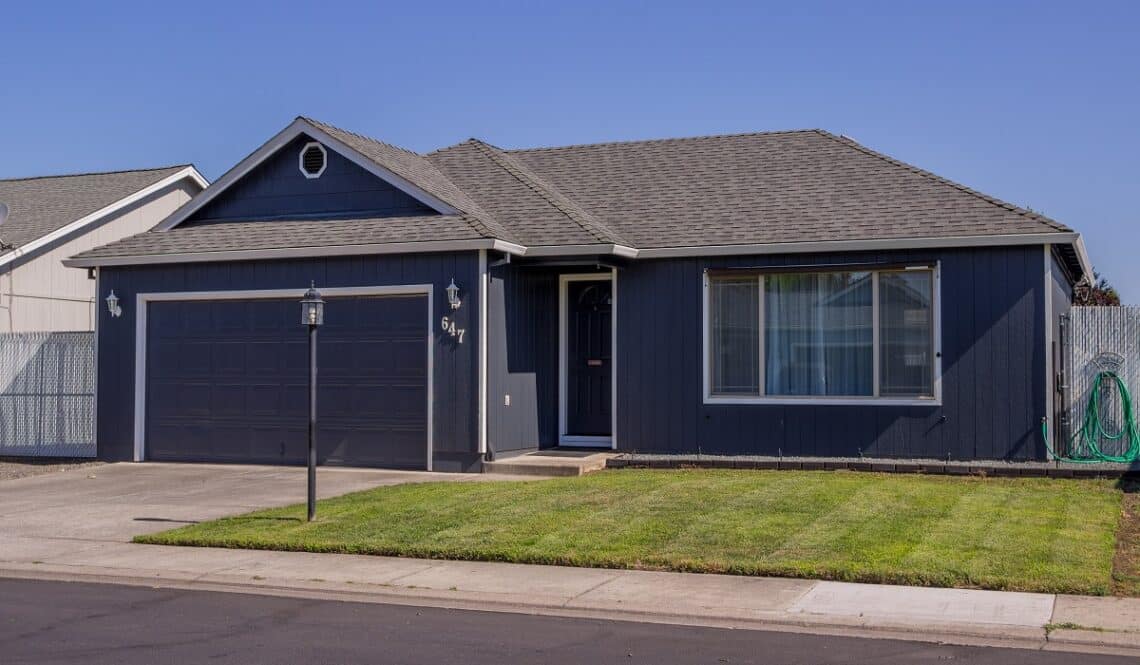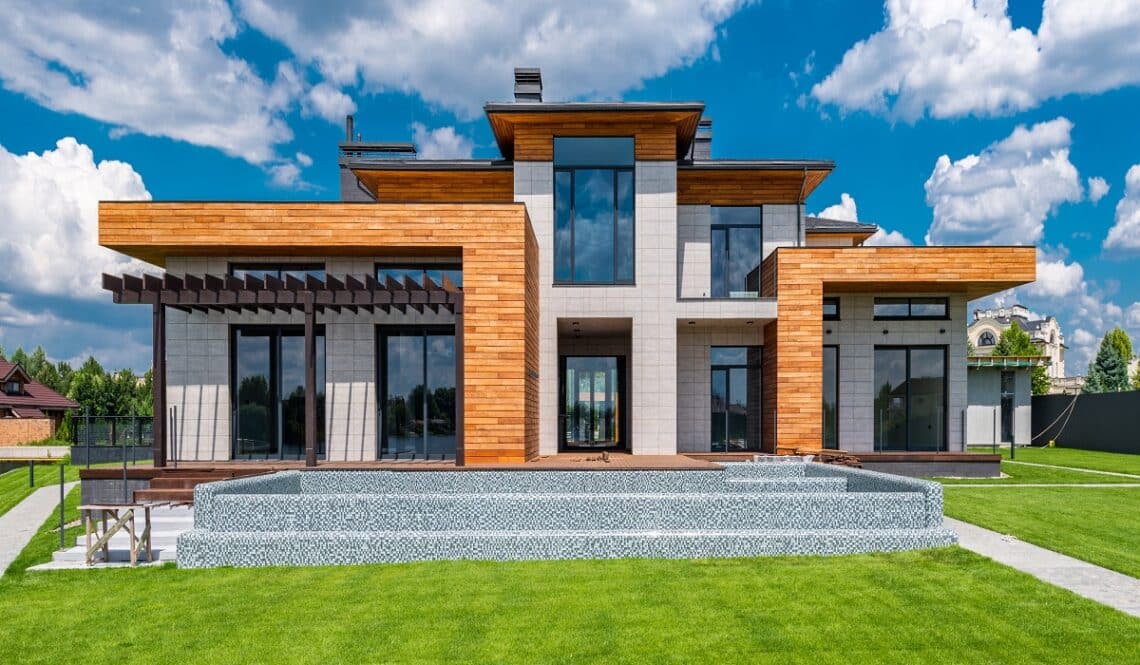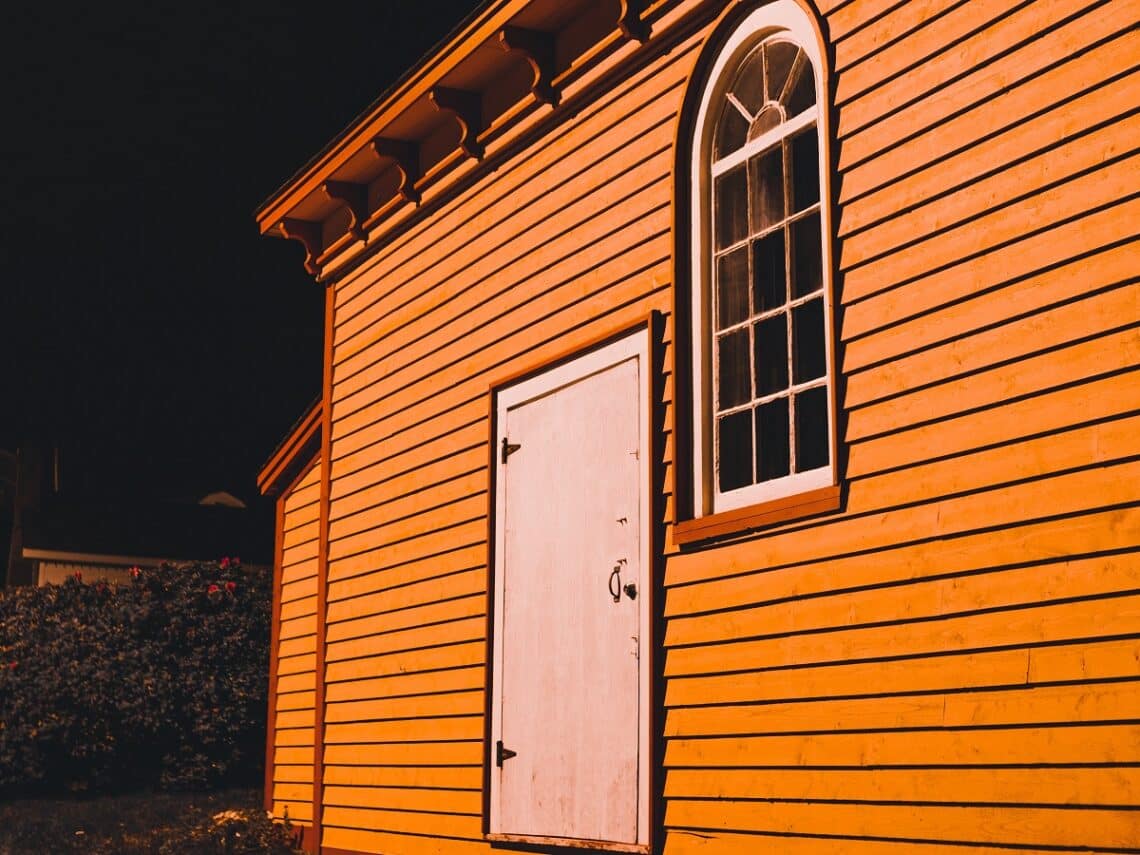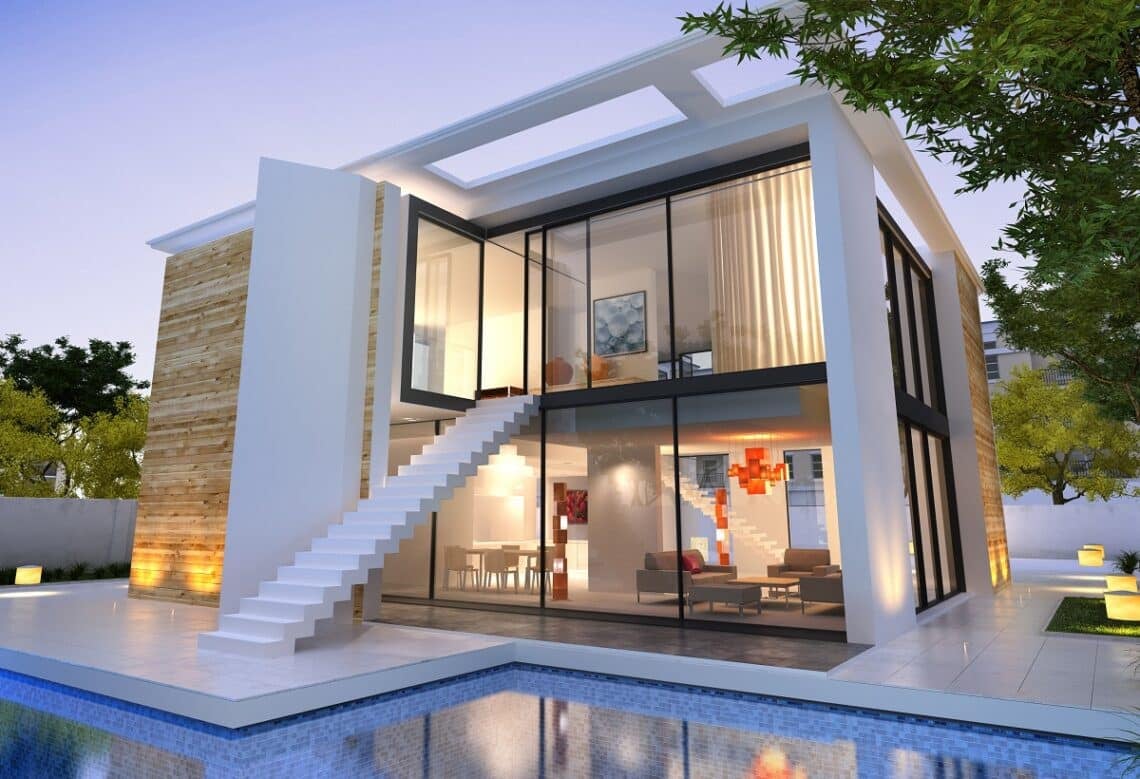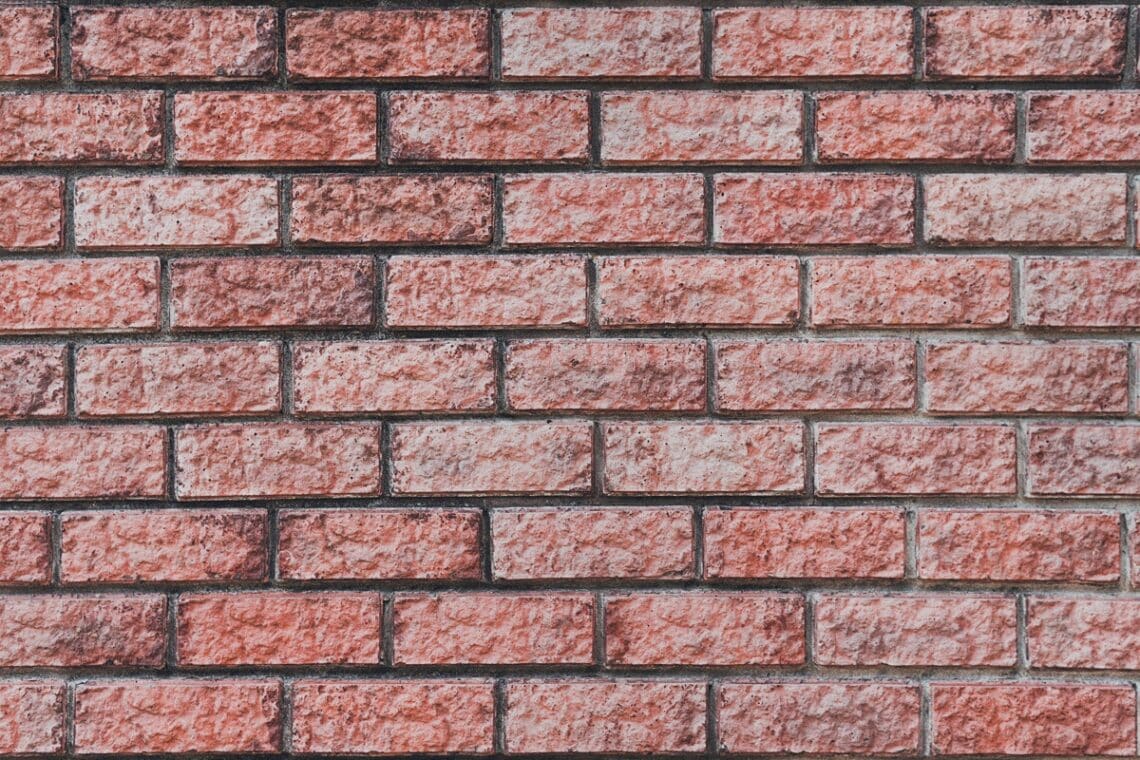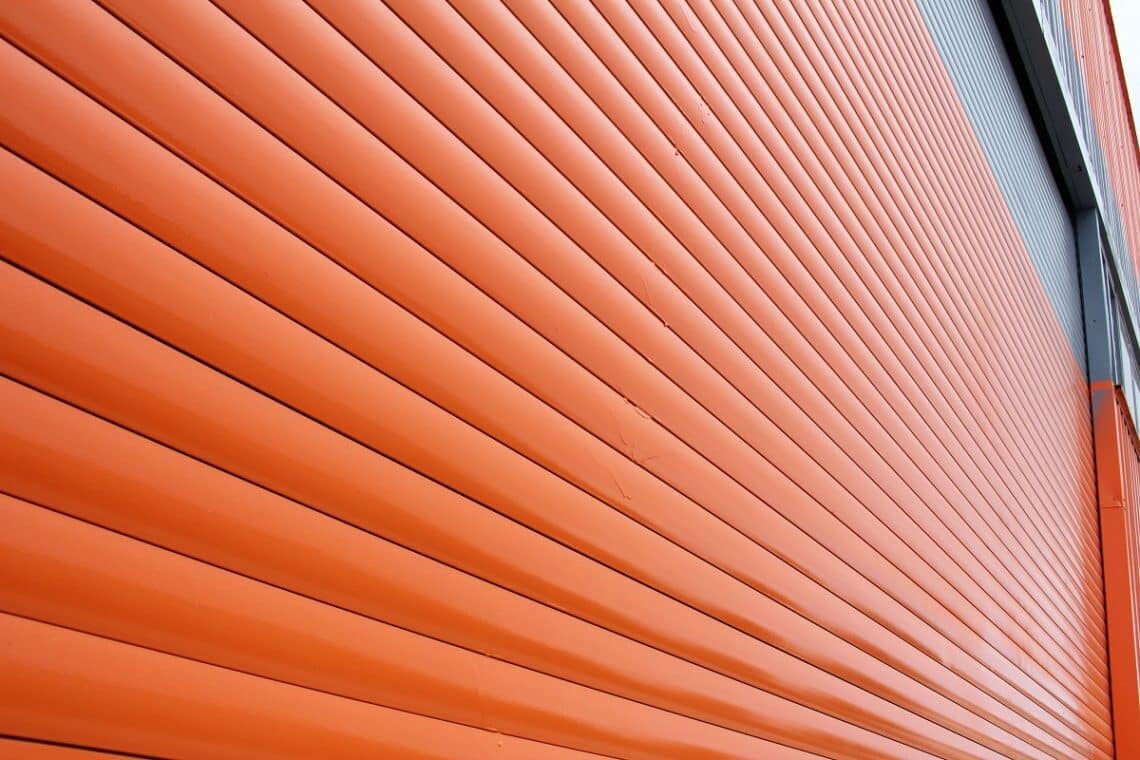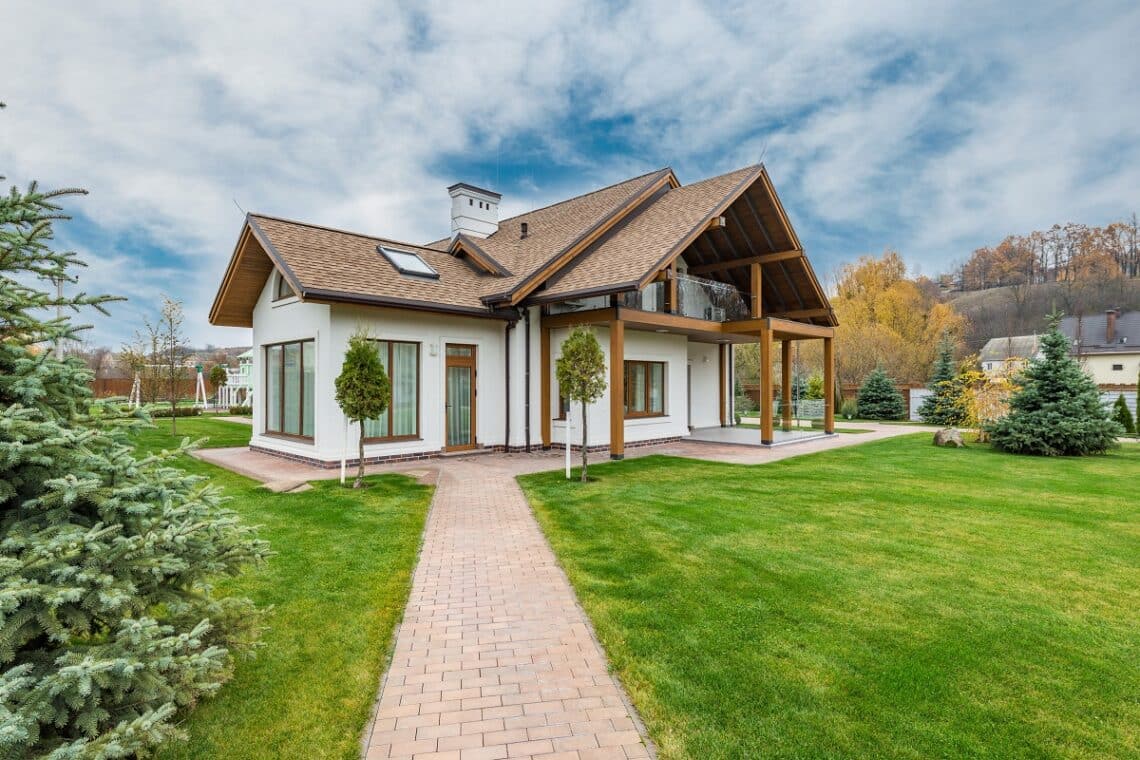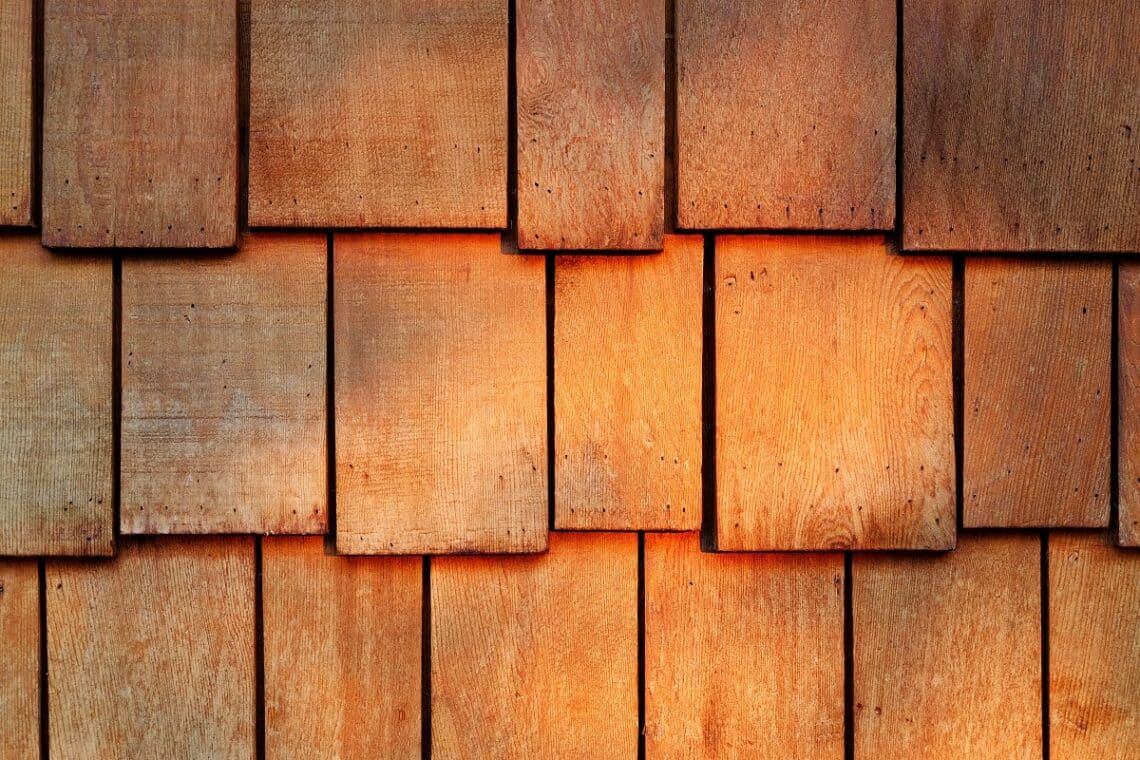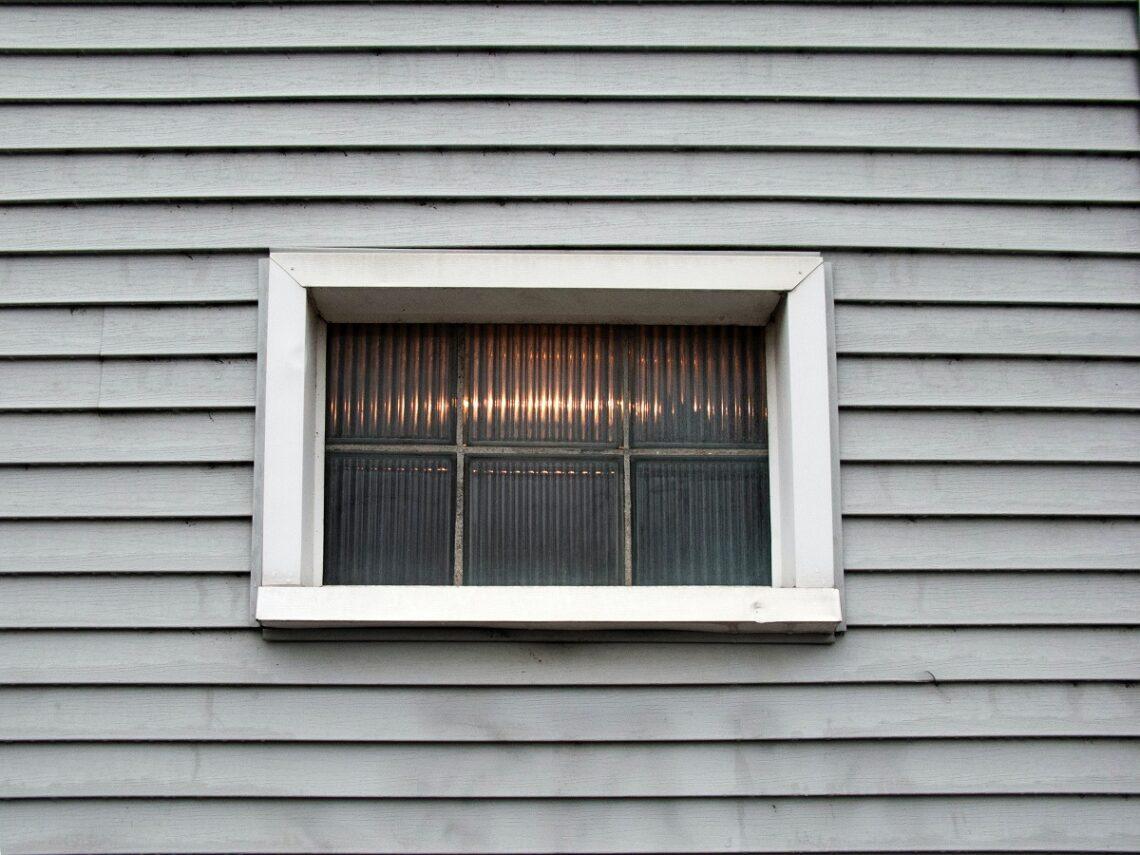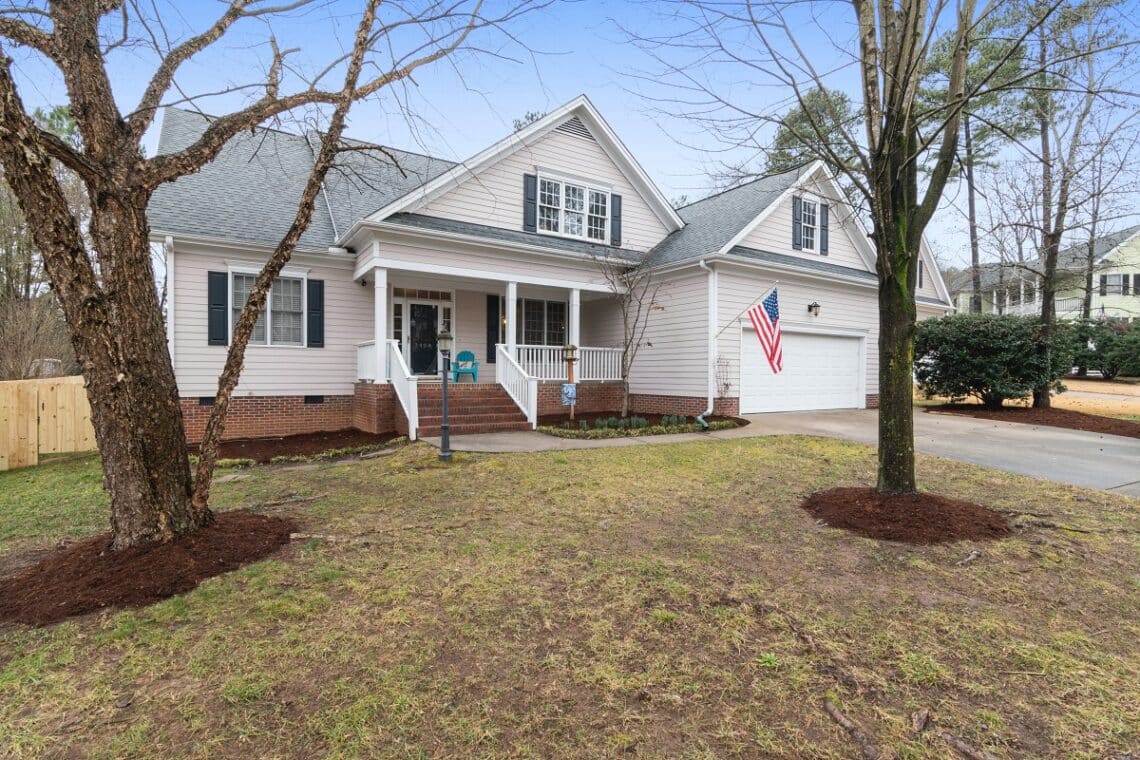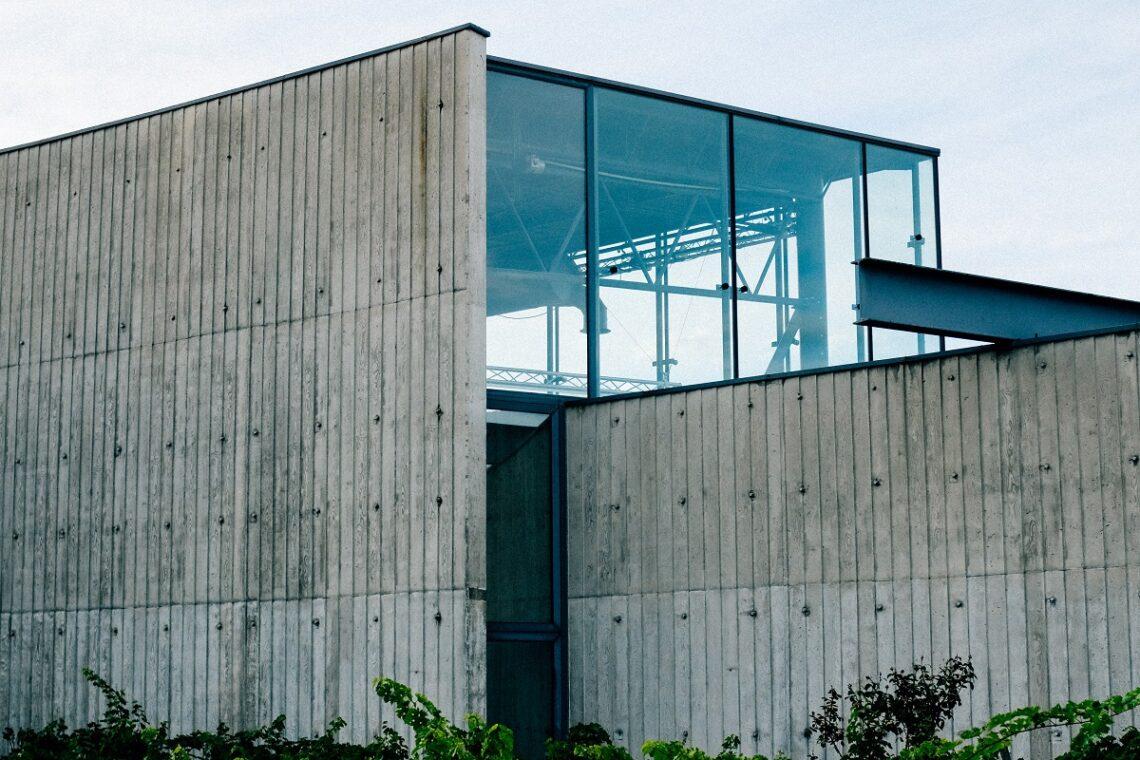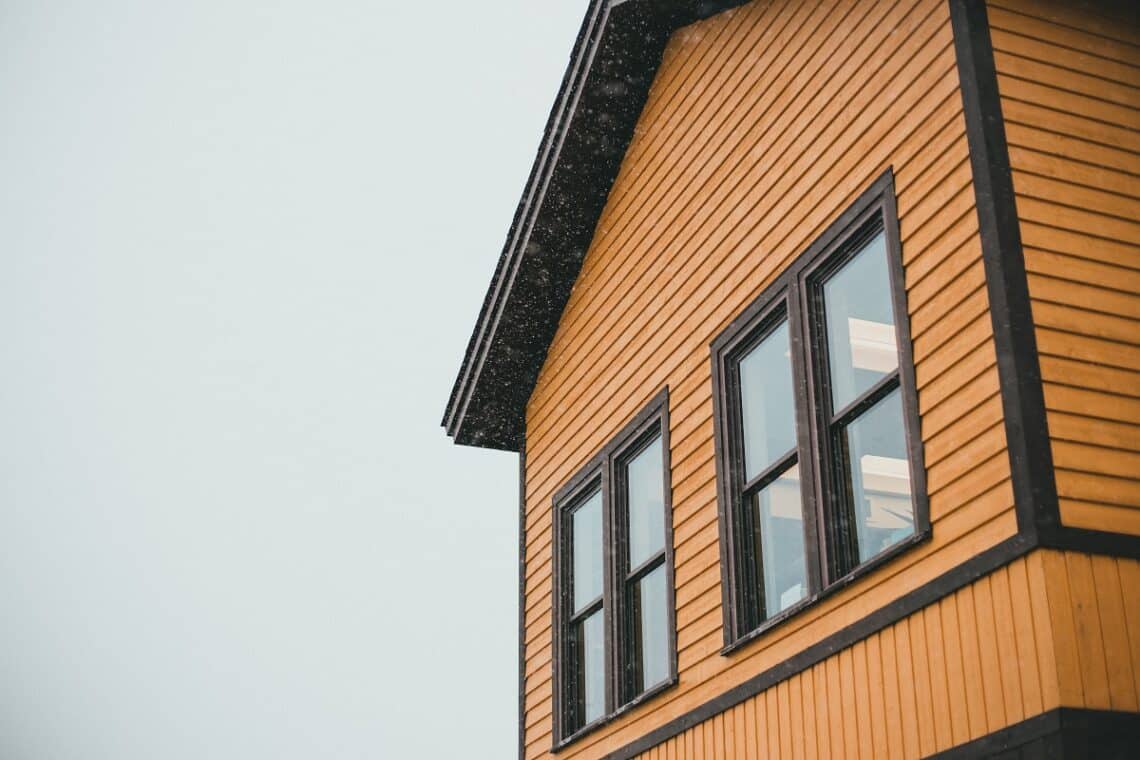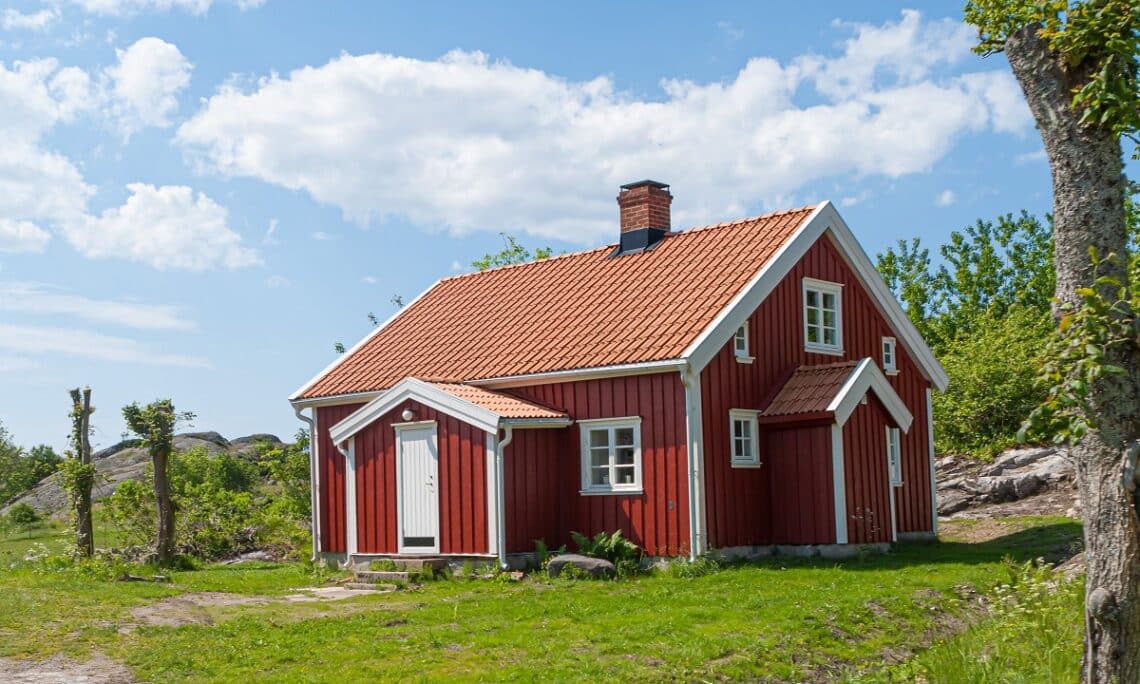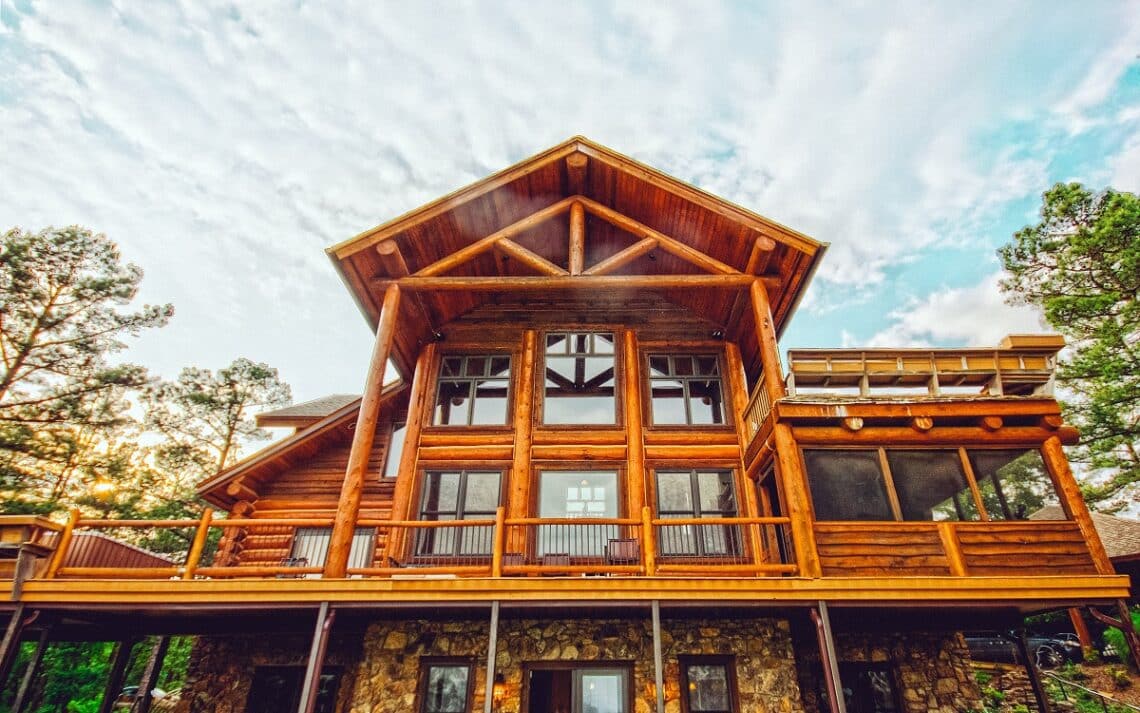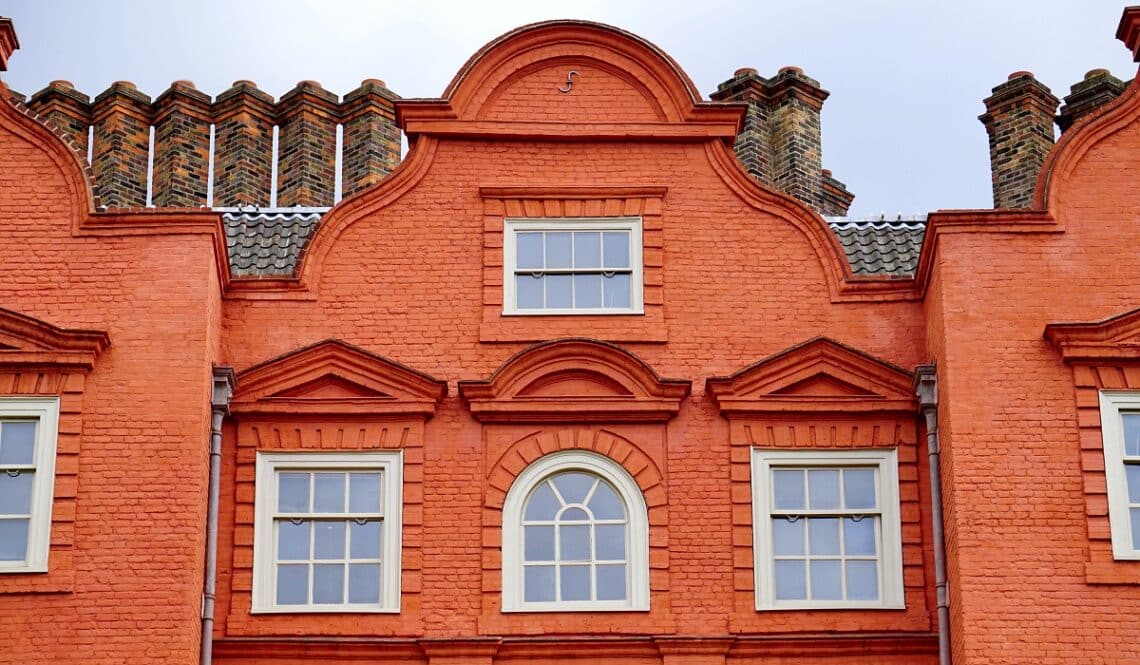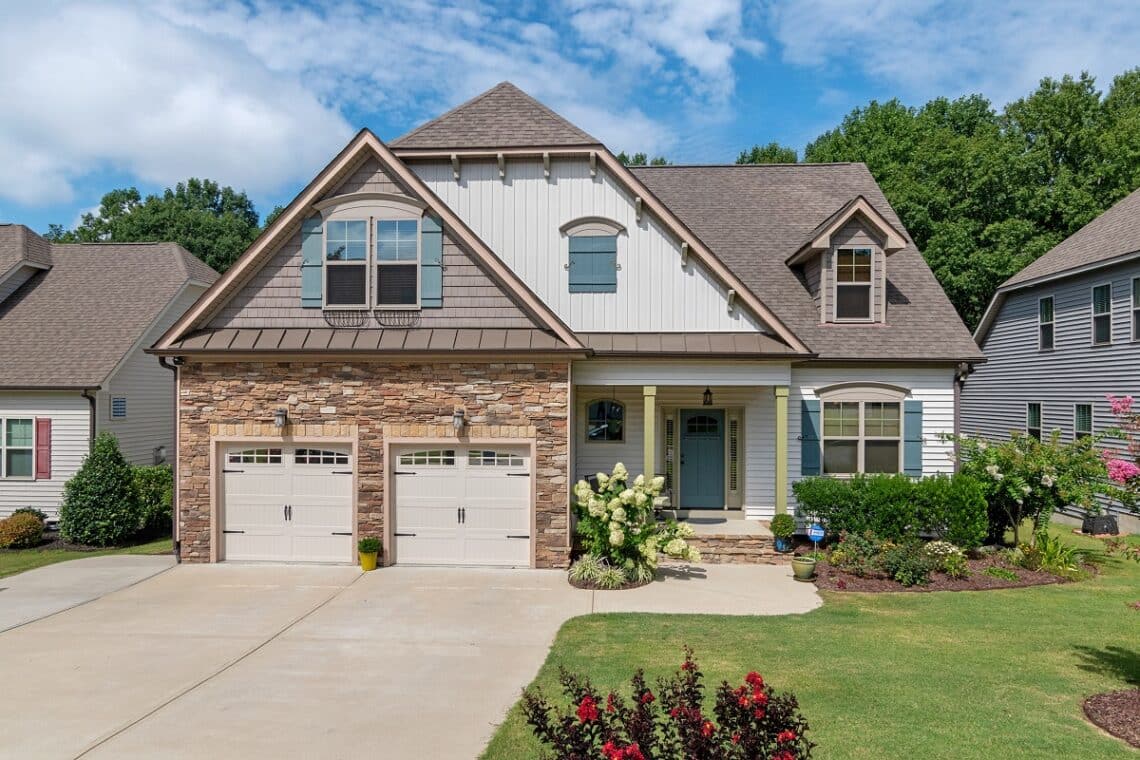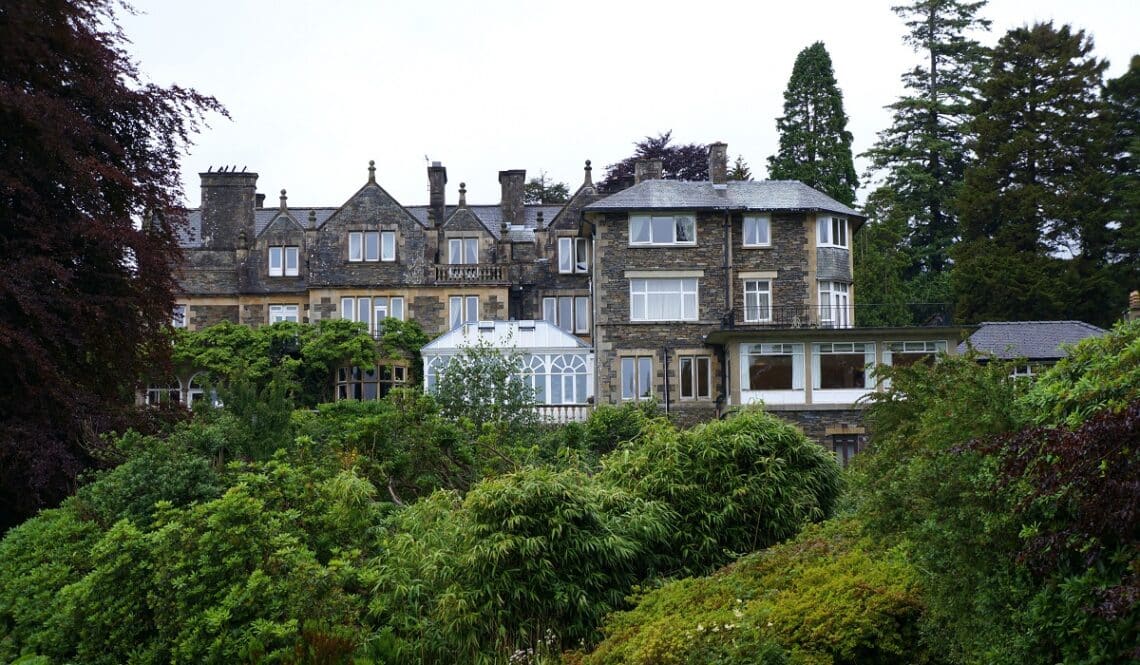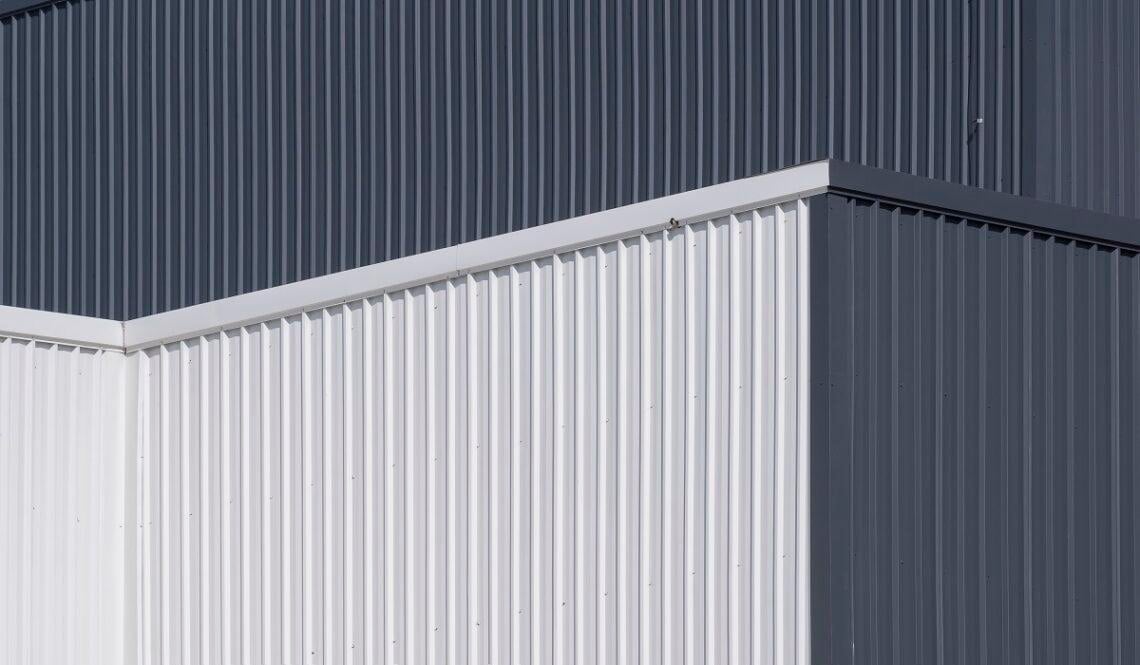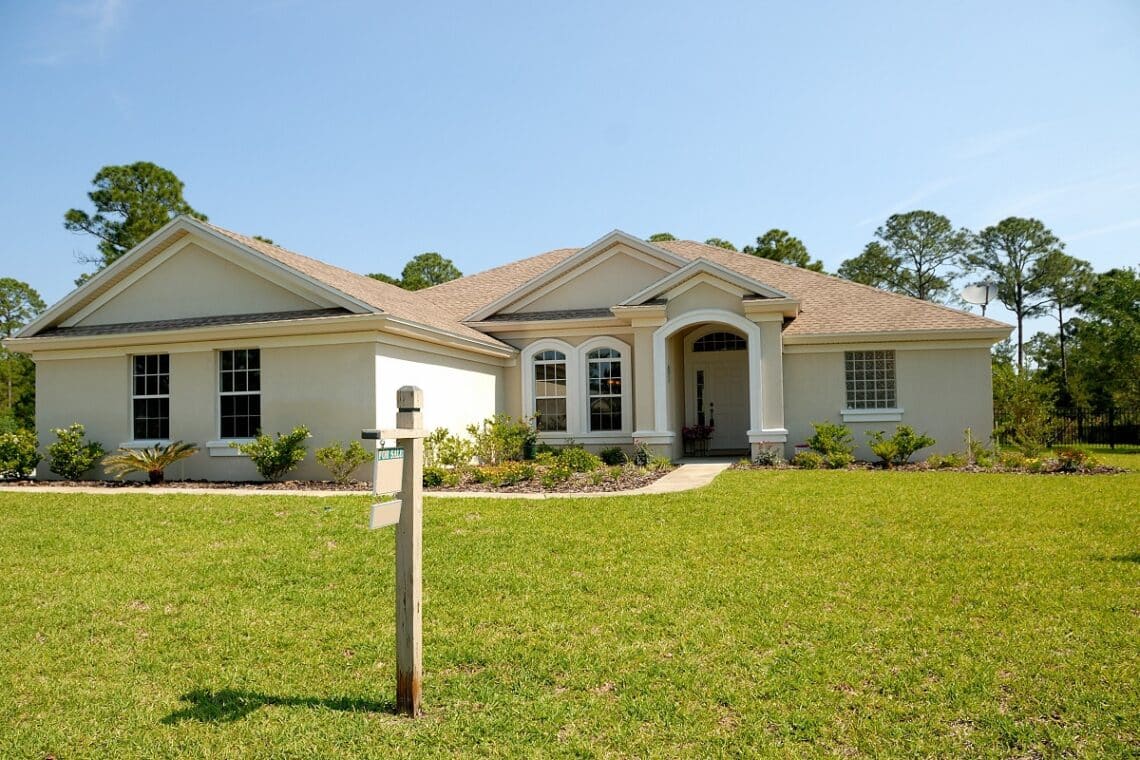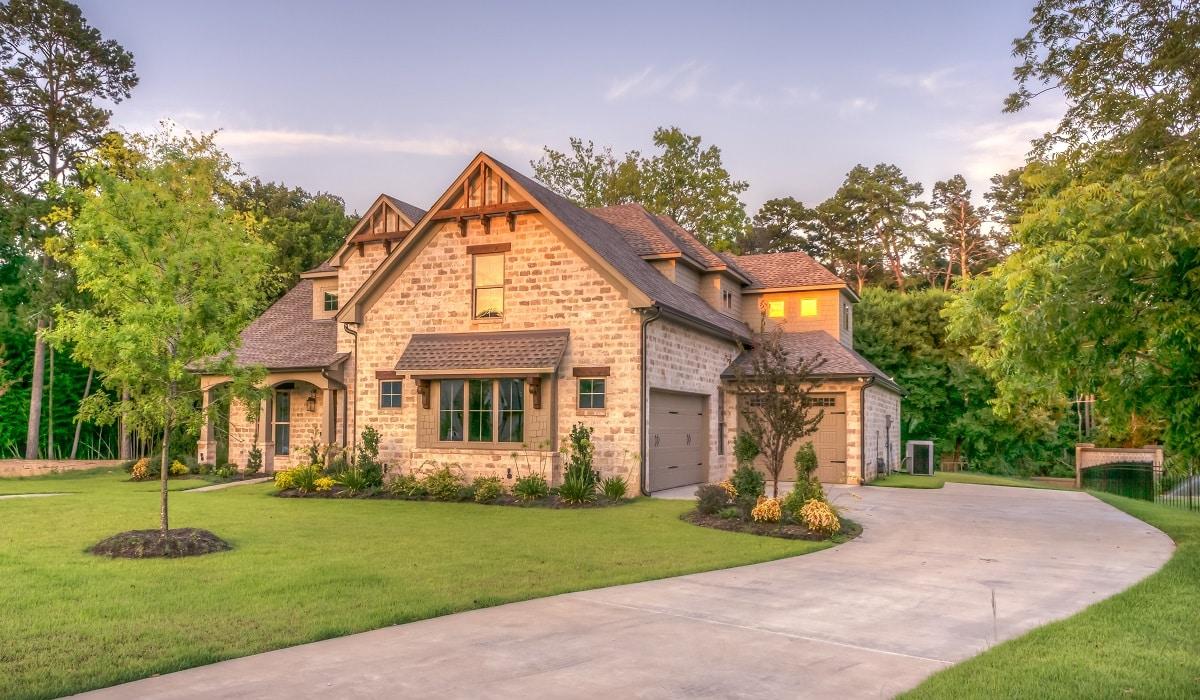Your house is your safe haven and making it look appealing is an essential aspect of renovation and redecoration.
Although you can’t judge a book by its cover, the exterior design of your house is what makes it impressive and stand out in the first place. That’s why choosing the right house siding becomes crucial if you want to boost its aesthetic appeal. Choosing the best materials and colors for your house sidings is as important as the interior décor, if not more.
However, selecting the best house siding is no walk in the park! You need to look through tons of materials and designs, which can be quite overwhelming. But, no need to get flustered because we’re here to guide you with our finely curated list of some of the best house sidings.
So, without any more dilly-dallying, let’s get the show on the road!
Best Sidings For Your Home
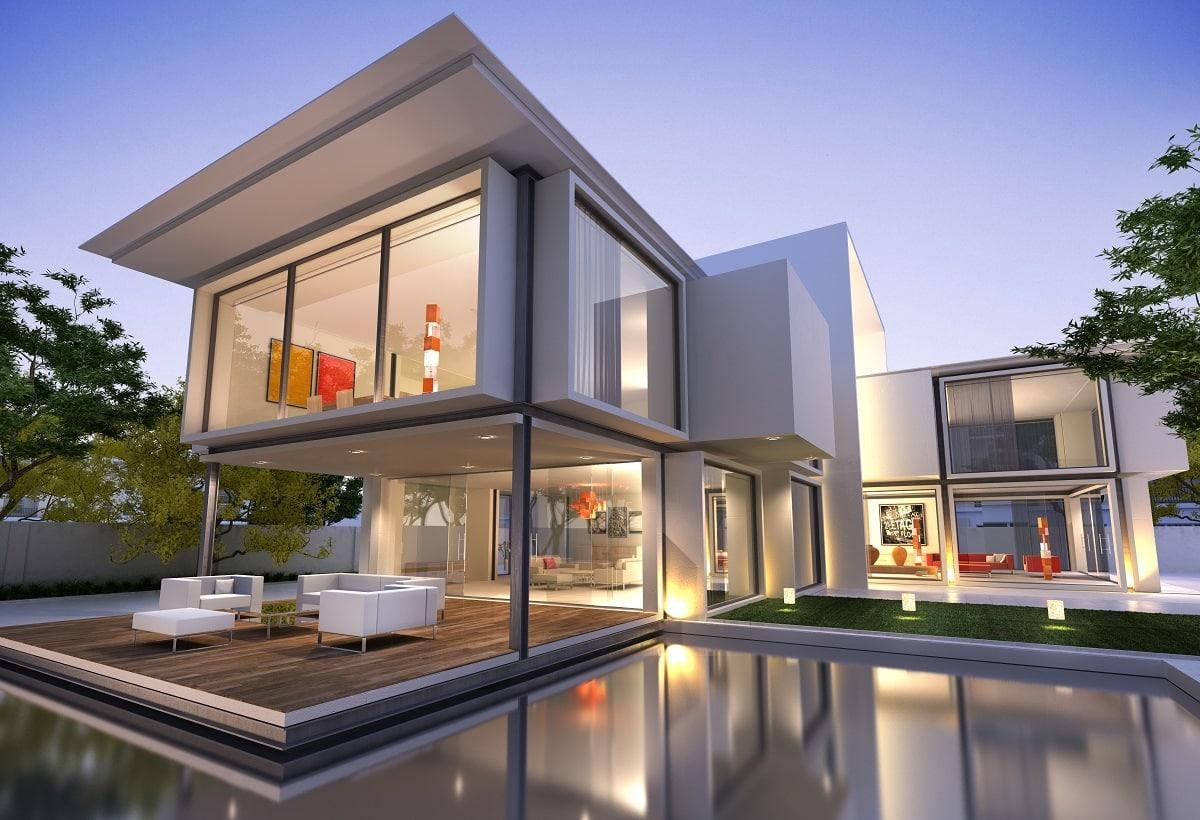
1. Vinyl Siding

Vinyl siding has become widely popular in American houses ever since its introduction in the 1960s, thanks to its outstanding durability and affordability. In fact, you can spot vinyl siding in more than 30% of houses in the US because of its easy maintenance and versatile design. You can choose from hundreds of colors and sizes, including vertical and horizontal panels, shingles, beaded designs, and fish scales.
On top of this, the installation cost is extremely affordable, and vinyl is one of the cheapest siding materials. So, you can save a lot of money by opting for vinyl siding for your home. The installation process is also relatively simple, and you can install it on any flat surface, like stucco or brick. You just need to wash the vinyl siding once in a while with water to remove dirt, and you’ll be all set.
However, on the downside, vinyl often traps moisture and is susceptible to cracking in extreme climates. So, it’s best to consider the weather conditions of your residential area before installing the vinyl siding.
2. Fiber Cement Siding

Fiber cement is another excellent siding material for your house, thanks to its weather-resistant quality and superb durability. It also works quite well against noise pollution and pests, such as termite infestation. Fiber cement siding looks similar to natural wood, but it offers better protection because it’s non-flammable and can last for almost 50 years.
Furthermore, it comes in various colors and geometric patterns, allowing you to experiment with the look and design of your exterior house siding. Whether you want the siding to look like wood, stone, or brick, you can trust fiber cement to get the job done.
Not to mention, it is an environmentally sustainable siding material, unlike vinyl, and can be an excellent investment in the long run. The installation cost can range between $5 and $14 per square foot, making it a fairly affordable house siding option. So, your house will look attractive and appealing with fiber cement siding for years, and you don’t even need to break the bank to do it.
3. Cedar Wood Shingle Siding

If you love the rustic look of natural wood siding, cedar shingle siding can be a perfect option to make your house look warm and welcoming. Even though there are several varieties of natural wood shingles, cedar arguably offers the best quality owing to its sustainability and durability.
Cedar shakes or shingles are also available in a wide range of colors and designs, so you can create a textured exterior wall siding by combining them during installation. You can paint the cedar siding or leave it as it is and adjust the placement of the shingles to come up with different design ideas for your house siding.
Not to mention, cedar wood shingles are much more stable, firm, and durable than other natural wood sidings, offering excellent protection against weathering and different environmental elements. In fact, while other wood sidings struggle to withstand moisture, cedar shingles can effectively keep it out and ensure better durability.
Even though it may cost more than vinyl or fiber cement sidings, you don’t have to waste money on replacing cedar shingles from time to time. However, the installation process can be a bit cumbersome, and you might need to hire a professional to get it done.
4. Stucco Siding

Stucco is traditionally a mixture of cement, sand, and lime, and it has been used as a house siding material for years because of its energy efficiency, low maintenance, and durable qualities. By changing the mixture formula, it’s possible to create different shapes and textures with stucco, depending on the architectural design of your house.
On top of this, you can save a lot on your electric bills by installing stucco siding, thanks to its superior insulation that can regulate the house temperatures effectively. And it’s fire-resistant, which is definitely an added advantage.
However, stucco only works well as a siding material in dry areas with low humidity. If you live in an area with wet climates and heavy rainfalls, this house siding won’t last long. Since stucco is porous, it absorbs and traps moisture, leading to the growth of mold and mildew. Hence, this can be an affordable and sustainable siding choice only if you live in drier climates.
5. Aluminum Metal Siding

When it comes to choosing metal siding options, very few can beat the durability and affordability of aluminum siding. You can choose aluminum because it’ll protect your house from harsh weather, corrosion, mildew growth, and insects. It’s also eco-friendly, lightweight, and pretty easy to install without costing you a fortune.
Aluminum is one of the most cost-effective siding materials, and the installation cost ranges from $3 to $7.25 per square foot. Furthermore, it offers better durability and won’t crack under extreme weather conditions like vinyl siding. You can also experience better insulation with aluminum and need not worry about frequent maintenance.
But, remember that aluminum panels can dent or fade under heavy storms or other adversities. In that case, you might need to change or repaint the panels, which can be a hassle.
6. Natural Stone Siding

Natural stone siding is a timeless classic owing to its rustic aesthetics and can make your home look stunning while protecting it from extreme weather conditions, fire, pests, and rots. When it comes to durability, it can easily last for hundreds of years without a stone falling out of its place.
Homeowners mostly prefer using natural stones, such as granite, slate, or limestones, for installing a stone sliding because they’re eco-friendly and recyclable. You have to do practically nothing to maintain natural stones, making this siding style much more low maintenance than wood, vinyl, or metal sidings. So, with the power of natural stones in your corner, forget about all the common wear and tear issues, like scratching, chipping, or rusting.
The only problem with stone siding is its initial installation process and cost because natural stones are no feather in a jar. Due to the heavy weight of these stones, you need to hire a professional to install them, and the cost can vary anywhere from $15 to $30 per square foot. Their weight can also take a significant toll on the architectural integrity of your house.
7. Faux Stone Veneer Siding

If you want the aesthetic appeal of natural stone siding without its expensive installation cost, faux stone veneer siding might just be the thing for you. Even though they might not be as durable and long-lasting as natural stones, installing faux stone panels is much easier, thanks to their lightweight designs. Not to mention, the panels won’t compromise the structural integrity of your house.
The installation usually requires a backing material, such as plywood, and you can simply glue the fabricated stone panels in place without much hassle. It can be a fun DIY project for you, and you won’t need to waste money on hiring a professional. You can expect faux stone veneer siding to last for 20 to 75 years with proper maintenance.
On the downside, faux stone siding is not resistant to environmental elements like moisture and water. So, it can trap moisture or water and cause mold infestations without frequent maintenance. Under these circumstances, caulking the seams might be your only option to avoid leakage problems.
8. Brick Siding

Brick siding offers the perfect blend of the classic appearance, superior durability, and low maintenance, making it an all-time favorite among many homeowners. Solid brick is also eco-friendly and won’t cause any environmental hazards, allowing you to ensure sustainability while installing the house siding.
On top of this, natural brick can be an excellent insulator and improve your home’s energy efficiency by leaps and bounds compared to other siding materials. If you live in an area with hot summer seasons, brick siding can keep your house cool for a long time, helping to reduce electricity bills.
However, the installation cost of a genuine brick siding can be pretty high, so it’s best to plan the budget accordingly. You need professional help because it requires the traditional brick masonry method to install this house siding. Additionally, the durability of the mortared joints can be a problem after the first few years because they are prone to weathering and erosion, unlike the brick itself.
9. Split Log Siding

Very few materials can beat the luxurious aesthetics of a split log siding when it comes to offering an extravagant rustic feel to your home. The wood logs are usually derived from cypress, cedar, pine, or redwood, so it’s safe to say that installing split log siding can be a costly affair. But, if you prioritize appearance quality over budget, you won’t get a better option than split log siding.
It’s also a popular siding choice for country houses, mountain cabins, and cottage homes, owing to its attractive wood-clad exterior. However, it’s not all sunshine and daisies because insect infestation is a common problem with split logs. It requires a lot of maintenance to preserve the extravagant wooden exterior of this house siding in the long run.
To top it off, the split logs are susceptible to cracking and weathering over time if you’re not careful about their maintenance. You might need professional help for regular treatment of the split logs to prevent insect infestations and seal off any cracks. So, it’s safe to say that along with the high installation cost, you’ll also have to invest handsomely in maintaining the split log siding.
10. Board And Batten Siding

Board and batten siding is another popular natural wood siding design that has attracted homeowners for years. Even though wood panels are traditionally used for board and batten siding, vinyl panels can also work perfectly well. You can install both horizontal and vertical panels to make your house look wider and taller while amping up its aesthetic appeal.
Moreover, since the horizontal battens and the vertical boards are available in different sizes, you can be creative and experiment around with various designs and styles while installing the house siding. It works well with contemporary farmhouses as well as homes with modern architecture. You can also use it as an interior wall décor that pairs well with your home’s exterior design.
But, the board and batten siding comes with the disadvantages of natural wood and vinyl sidings. That’s why it’s prone to cracking, corrosion, and insect infestations. Not to mention, the installation process can be expensive and cumbersome because you need to install a lot of pieces in the right place to make this house siding work.
11. Seamless Steel Log Siding

If you want your home to have a modern industrial look, a seamless steel siding can be an ideal choice that offers superior durability. Although all metal sidings are known for their long-lasting quality, seamless steel deserves special attention because it’s resistant to warping or bulging under extreme temperatures. So, even if you experience harsh summers and freezing winters, it won’t affect the steel house siding.
Speaking of protecting your house, seamless steel is resistant to pests and insects and helps prevent any major infestations, unlike wood sidings. You can say goodbye to nasty termites or hidden rat burrows by installing this steel house siding.
Moving on to the design aspect, seamless steel is designed to have a wooden appearance that adds to its aesthetic appeal. The steel logs are also available in different colors, like green and dark gray, allowing you to play around with a range of styles and designs. However, the biggest drawback of steel log siding is its tendency to rust and dent over time, making proper maintenance that much more crucial.
12. Glass Siding

Although glass isn’t technically a siding material, it can be a stunning and luxurious exterior design idea if you have the proper budget. If you want to enjoy a beautiful panoramic view, nothing works better than a floor-to-ceiling glass wall. Glass is also an excellent home exterior choice to reflect natural light across your rooms and brighten up the place.
Moreover, glass offers outstanding insulation by creating an airtight environment to keep an ambient temperature inside the house during extreme climates. In that way, you can significantly enhance the energy efficiency of your house by installing a glass exterior wall.
However, glass requires regular cleaning and high maintenance, which can be pretty troublesome paired with its expensive installation cost. It’s also extremely fragile and can’t offer the durability of metal or real wood sidings in the long run. Not to mention, a glass exterior will greatly disrupt your privacy, even if you choose to install stained glass.
13. Engineered Wood Siding

Engineered or composite wood siding has become a popular house siding option over the years because of its lightweight design and affordability. It is made of wood castoffs, including wood scraps, sawdust, and bonding agents, so engineered siding actually contains some real wood, unlike fiber cement or vinyl.
On top of this, engineered wood is available in different colors and styles, allowing you to experiment with your house siding design. Thanks to its wood-like exterior, you can create a textured exterior wall that’s both durable and weather-resistant.
In fact, composite siding can easily beat any natural wood siding when it comes to insect-resistant, inflammable, and weatherproof qualities. Furthermore, its lightweight design makes the installation much easier and cheaper compared to natural wood sidings.
Engineered wood requires virtually no maintenance and can last up to 20 to 30 years without showing any signs of ordinary wear and tear. But, the only disadvantage of composite wood siding is that it can never offer the quality of natural wood, and you can’t re-stain or repaint it based on your preferences.
14. Horizontal Wood Siding

Horizontal wood siding or shiplap siding offers a classic look to your house and improves its curb appeal while maintaining the rustic charm of natural wood. Even though cypress or pine wood is typically used for horizontal siding, you can install vinyl or fiber cement panels to cut the installation cost.
The panels are placed horizontally, forming a tongue and groove, so they don’t overlap. Once the panels are placed, they create a modern yet minimalist exterior design, which can be an instant crowd-pleaser. You can also style the shiplap siding however you want by painting or staining the panels. It can easily last up to 40 years or more with minimum maintenance.
The horizontal shiplap siding might offer a great value for your money in the long run; the upfront installation cost is usually higher than other wood or vinyl sidings. The horizontal placement of the panels also makes them susceptible to fading and warping due to direct sunlight. Plus, the gaps between the panels easily accumulate dust and dirt, turning into breeding grounds for insects.
15. Vertical Wood Siding

If you want your house to appear taller and amp up its aesthetic appeal, installing vertical wood siding is the best way to go. Once the panels are placed vertically edge-to-edge, they automatically accentuate your house’s height and offer the classic exterior of natural wood. You can also use fiber cement or vinyl panels if you can’t afford natural wood.
Even though the vertical siding works quite well in improving the exterior architectural structure of your house, it comes at a hefty installation cost. Not to mention, it’s prone to insect infestations, cracking, and weathering, just like any other wood siding. If the panels show discoloration or cracking, your only option is to repaint or replace them.
You might also need to hire a professional to eliminate full-fledged insect infestations under dire circumstances. Hence, the expensive installation cost paired with the high maintenance cost of this vertical house siding can be a real deal breaker if you’re running on a tight budget.
16. Wood Clapboard Siding

Clapboard siding, also known as bevel or lap siding, offers a classic traditional appearance to your house and has attracted homeowners for years. It primarily differs from the shiplap siding in terms of its placement and design. In clapboard siding, the wood panels are placed horizontally to overlap each other in contrast to their edge-to-edge placement in shiplap siding.
One edge of the panels is thicker than the other to allow seamless overlapping and add a unique visual dimension to your house siding. Typically, cypress, pine, or spruce wood panels are chosen, thanks to their price and durability. You can also go for redwood or cedar wood because of their natural rot-resistant qualities, but they are more expensive.
The wood panels are installed in such a way that the upper panels overlap the lower ones. It’s best to install a moisture barrier between the siding and the underlying solid surface because the natural wood panels are not resistant to moisture. You can also use paint or stain to add an attractive exterior finishing coat while caulking the outside to avoid leakage.
17. Insulated Vinyl Siding

If you want an upgraded version of the original vinyl siding that offers better insulation, the insulated vinyl siding with EPS is your best bet. It offers the qualities of traditional vinyl along with the advanced insulating effects of expanded polystyrene foam (EPS). The vinyl panels are installed over the EPS layer offering better insulation to your house.
In fact, once the EPS layer is fused with the vinyl planks, they act together to offer 20% more efficiency than other vinyl insulating housing materials. Furthermore, it comes with the added durability of normal vinyl siding and can last up to 40 years or more without encountering standard wear and tear issues.
Its superior insulation ensures better temperature control inside your home, even during scorching summers and freezing winters. So, you can save a lot of money on installing expensive heating or cooling systems with this insulated siding option. Thanks to its superb durability, you can also waive frequent repair or replacement costs.
18. Concrete Exterior Siding

Concrete exterior house siding has been gaining tremendous popularity among homeowners due to its long-lasting quality and low maintenance. It is exceptionally durable and can easily withstand environmental calamities, such as storms, floods, and hurricanes, where other house sidings fail to do so. Not to mention, concrete siding is far better in offering fire resistance compared to wood or vinyl sidings.
It also has excellent insulating properties to regulate your home’s internal temperatures and cut down your electricity bills. Moreover, you can create different exterior designs and stunning finishes by molding concrete and using different proportions of cement, water, and gravel to prepare the concrete mixture.
But, the high installation cost of concrete exterior siding can put you in a bit of a pickle if you have a tight budget. You’ll need professional installation of the siding, which can easily cost a few hundred dollars depending on the exterior area you want to cover. Not just this, but you also need to consider the labor cost associated with molding the concrete for the perfect exterior design.
19. Wood And Stucco Siding

The combination of white stucco and wood is a timeless home siding option that first appeared during the mid-19th Century in England. It uses natural wood timber boards to decorate the exterior while set against the white stucco, offering insulation and durability.
The stucco and timber house siding works quite well in luxurious villas and cottages that follow a European architectural design. You can enjoy the aesthetic qualities of natural wood and stucco sidings, offering a unique visual appeal to your house.
However, it comes with the usual cons of a normal stucco house siding, so it’s not moisture-resistant and traps moisture. Hence, it might not be the best home siding choice if you live in an area with high annual rainfall.
20. Corrugated Metal Siding

Corrugated steel can significantly enhance any home design idea, especially for industrial or farmhouse-style houses. Even though corrugated metal panels are commonly used for roofing, you can easily use them for siding because of their excellent durability. You can install corrugated steel panels over uneven concrete or old stucco walls to boost the aesthetic appeal of your house without going through the trouble of reconstruction.
Furthermore, adding an outdoor metal accent wall using corrugated steel can turn the entire look of your outdoor space for the better. It will also protect your house from harsh environmental conditions, including rain, wind, and hail. Unlike ordinary aluminum or steel sidings, corrugated metal siding is much more resistant to denting, rusting, scratching, water penetration, or fire damage.
Whether you use corrugated metal for roofing or house siding, it’s best to choose galvanized steel metal panels for superior durability. The installation cost is fairly affordable because the metal panels are quite cheap, ranging between $1 and $2.50 per square foot. So, corrugated house siding can be an ideal choice if you’re looking for a better alternative to traditional metal sidings.
21. Brick Veneer Siding

When it comes to choosing affordable yet durable siding, a brick veneer can offer the perfect solution. It offers your house the timeless and rustic aesthetic appeal of brick surfaces without the expensive installation cost of solid bricks. You can simply install the faux brick siding panels over the hard wall surface without any of the hassle associated with traditional brick masonry techniques.
Moreover, since brick veneer has a lightweight design, it won’t put any pressure on the structural integrity of your home. In fact, it is installed solely for cosmetic purposes without compromising your home’s architectural design.
However, on the downside, brick veneer can’t offer the strength and longevity of real bricks. Even though it is known to last for almost 50 years or more with the best quality, it’s nowhere near the durability of solid bricks that can last for hundreds of years. On top of this, brick veneer easily retains moisture in high humid environments, causing mold and mildew growth.
Selecting The Best Siding Materials
With so many excellent options, you can get a bit overwhelmed while choosing the best exterior siding material for your house. Below we have highlighted some key factors you must consider for making the right choice. Let’s take a look!
1. Easy Maintenance
Maintenance is an important criterion to consider when choosing the right siding material. Most siding materials will only last throughout their normal lifespan and offer the necessary protection to your house with regular maintenance.
While some house sidings require low maintenance only once a year, others might need more frequent maintenance to avert damage. For instance, vinyl siding requires virtually no maintenance, and you can use homemade DIY cleaning solutions to remove dust and dirt once a year.
In contrast, any wood siding, such as real wood shingles or split logs, is high maintenance. You need to repaint or re-stain the wood siding panels from time to time to maintain their appearance and cover up any cracks with commercial sealants.
If you don’t have the time or don’t want to waste money on hiring a professional for frequent maintenance, it’s best to go for low-maintenance siding material. That way, you don’t have to worry about your house siding falling apart even with minimal maintenance.
2. Easy Installation
If you’re planning to install the home siding all by yourself, make sure to look for materials that are easy to install and do not require any advanced skill sets or special tools.
In this context, it’s best to stick to materials like faux stone or brick veneer that are pretty easy to work with and do not require professional installation. You can simply attach them to the exterior wall surface, which can be a fun DIY home project.
In contrast, natural materials, such as real stones, solid bricks, or wood shingles often require professional expertise for their proper installation. For instance, you’ll need to hire a professional who’s skilled in brick masonry techniques if you want to install brick house siding. Similarly, installing natural stones requires professional help because of their heavy weight.
You can choose any siding material if you want a professional to take care of everything. But, you must consider the ease of installation if you plan to undertake a DIY house siding project.
3. Climate And Weather
The selection of the right siding material will also massively depend on the climatic conditions of your house’s location. Certain siding types have better insulating properties than other materials and are much more suited if you experience extreme temperature fluctuations. On the other hand, if you live in humid climates, a moisture-resistant siding material might suit your needs.
Insulated vinyl siding with EPS can be excellent for extreme hot or cold climates, thanks to its superb insulation that can significantly enhance the energy efficiency of your home. At the same time, fiber cement might be a better option if you live in hurricane-prone areas receiving heavy rainfalls and storms throughout the year.
In contrast, wood and vinyl are often considered the least weather-resistant siding materials and tend to show discoloration and cracks under severe weather conditions. To avoid confusion, it’s best to consult a professional to choose the most suitable house siding options for your location.
4. Aesthetics
The primary objective of installing a house siding is to enhance the aesthetic value of your home, so the appearance of the siding material is obviously an important factor to consider. You can choose a house siding that goes well with your house’s architectural design and overall décor.
Moreover, you can undertake a complete siding replacement project to install new siding and boost your home’s exterior design. Several house siding materials can be painted or stained to freshen up the look of your house. Wood shingles or vinyl sidings are the best options if you want to repaint the house siding without any significant replacement.
You can also go for fiber cement siding that offers the rustic look of natural wood without the headache of high maintenance or expensive installation cost. It basically comes down to your taste and preferences regarding home décor while choosing the siding with the right aesthetics.
5. Versatility
Your house siding should be versatile enough to fulfill your design ideas by offering various colors, textures, and geometric patterns. Wood, fiber cement, or vinyl sidings can fit perfectly in any home design. You can paint them in different colors or install them in different patterns to create a textured exterior wall that can add a unique visual effect to your house.
Similarly, concrete or cement siding is highly versatile because it’s pretty easy to mold the concrete however you want for different siding designs. All you need to do is adjust the ratio of sand, gravel, and cement, and you can create any design of your choice.
In contrast, natural stone and brick sidings offer a limited color gradient and are far less versatile. It’s also much more difficult to install these sidings in various patterns and designs due to their heavy weights. So, it’s best to select the type of house siding that’s easily adaptable and goes well with different home design ideas.
6. Durability
All siding materials come with a natural lifespan based on their strength, and some of them are more durable than others. Since your house siding has to face environmental elements, like wind, rain, storm, and sunlight, the material needs to be durable and long-lasting. By choosing a sturdy exterior siding, you can avoid wasting money on frequent repairs and replacements.
Typically, natural stone and brick are the most durable types of house sidings, and they can last for hundreds of years without any replacement. On the other hand, vinyl siding has a normal lifespan of up to 30 years, while any natural wood siding can last for 50 years or more if they are maintained properly.
That said, the durability of all siding materials depends on the weather and climate of your geographical area. For instance, even though solid brick has excellent durability, the mortar joints deteriorate in humid environments, affecting the longevity of your house siding. So, it’s best to factor in the weather conditions while reviewing the durability of house sidings.
7. Affordability
All house siding options come with their own price tags that’ll influence your final selection and siding project budget. Always consider the installation cost per square foot of each house siding to determine the overall budget. That’s why you need to measure the total siding area to calculate the initial estimation.
Furthermore, the budget will significantly vary based on the material of your house siding. For instance, vinyl or fiber cement sidings are much more affordable, unlike wood siding or natural stone siding. Similarly, faux brick may have the exterior appearance of real bricks, but its installation is much more affordable.
However, cheaper siding materials are usually more fragile than expensive ones. So, you have to find the perfect balance between affordability and durability based on your preferences and requirements. You can also consult a professional who can offer you the best quotes to come up with a feasible project budget.
Types Of House Siding Frequently Asked Questions ?
What are the most common materials used for house siding?
Even though there are several siding materials currently available on the market, some are more popular among homeowners than others because of their affordability, longevity, and easy maintenance.
The most common siding materials include:
-
- Vinyl
- Fiber cement
- Brick
- Engineered wood
- Metal
- Stone
- Stucco
- Natural wood
Before choosing any of these materials, carefully consider the climatic condition of your home’s geographical area to make the best decision.
What is the cheapest house siding?
Vinyl house siding is the most affordable siding material that’s currently available and usually costs between $1 and $2 per square foot. Even if you include labor costs and other materials, the upfront installation cost of vinyl is much lower than any other siding materials.
Can you recycle vinyl siding?
Since most vinyl products are made of recycled vinyl, you can easily recycle vinyl siding without any hassle. If you want to replace your old vinyl siding, look for local facilities to recycle it. You can also talk to a local contractor who might have connections to vinyl recycling facilities to get the job done.
How can you wash the vinyl siding?
As we mentioned earlier, vinyl siding doesn’t require frequent maintenance to maintain its appearance. You can simply use a DIY cleaning solution of white vinegar and water to remove dirt, dust, algae, or mold from the vinyl siding once a year, and you’ll be good to go.
If you need a more potent cleaner, you can also mix laundry detergent with bleach, household cleaner, and water to clean vinyl. Apply the cleaning solution to the siding and scrub it with a sponge to get it squeaky clean.
What is the most fire-resistant siding?
Engineered wood siding is the best fire-resistant siding because it comes with fire-repellent chemicals to protect your house from fire hazards. That said, fiber cement siding is also quite popular for its fireproof qualities.
What is lap siding?
Clapboard siding with horizontal wood panels is often known as lap siding because of its overlapping design. The panels are placed horizontally to overlap each other seamlessly, and lap siding refers to this overlapping arrangement of the siding panels.
Can you patch vinyl siding?
Yes, you can patch vinyl siding to prevent water infiltration and moisture buildup inside the siding. Patching the vinyl can help you avoid the growth of mold and mildew by keeping the moisture from getting trapped inside. You can do the patching yourself or hire a professional.
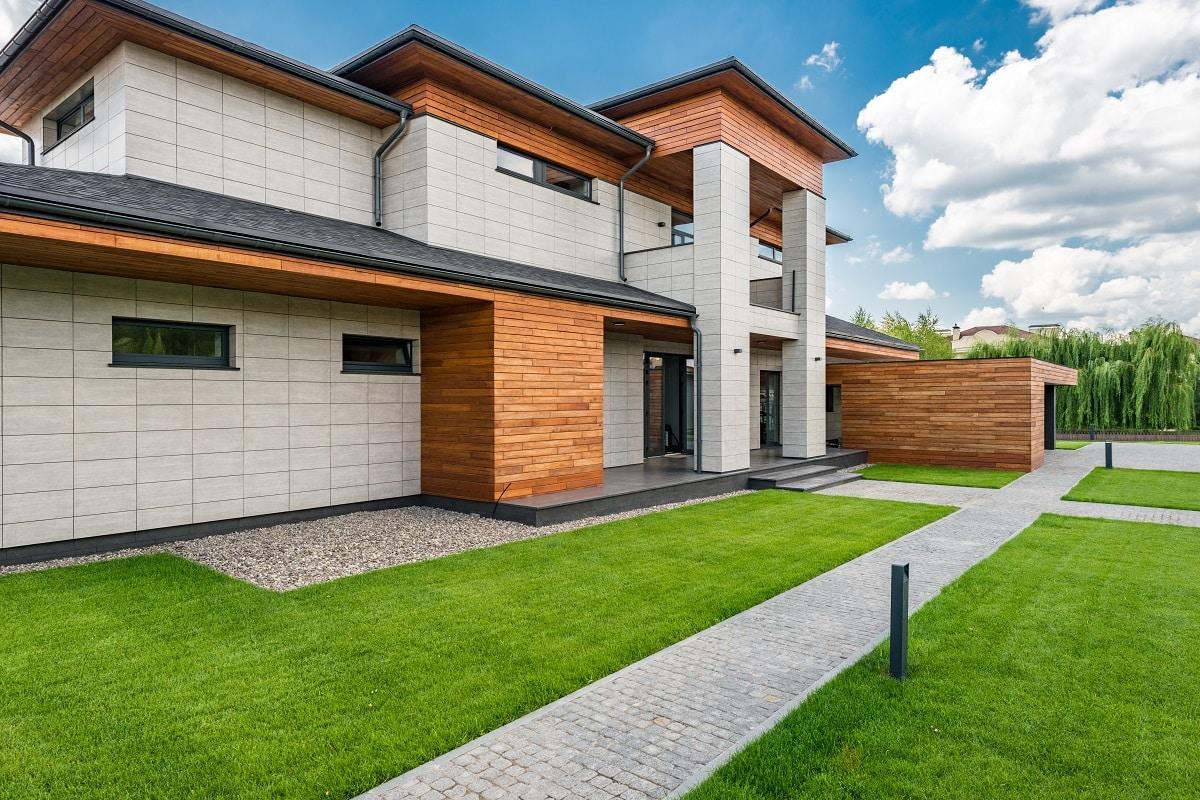
Types Of House Siding Final Words
Siding is an essential element of the exterior design of your house because it not only boosts the aesthetic appearance of your home but also protects it in the long run. Keeping that in mind, you can choose any house siding options from our list depending on your requirements, preferences, and budget.
Most modern homes have wood or vinyl sidings because they go quite well with today’s home aesthetics and designs. But, if you want a more rustic and natural look, you can also choose natural stone or brick siding with a sufficient budget.
Whichever options you choose, make sure that they pair well with your existing home design and décor. You can also consult a professional if the selection and installation of the siding seem like too much hassle.
On that note, we bid you farewell. Take care and see you next time!




